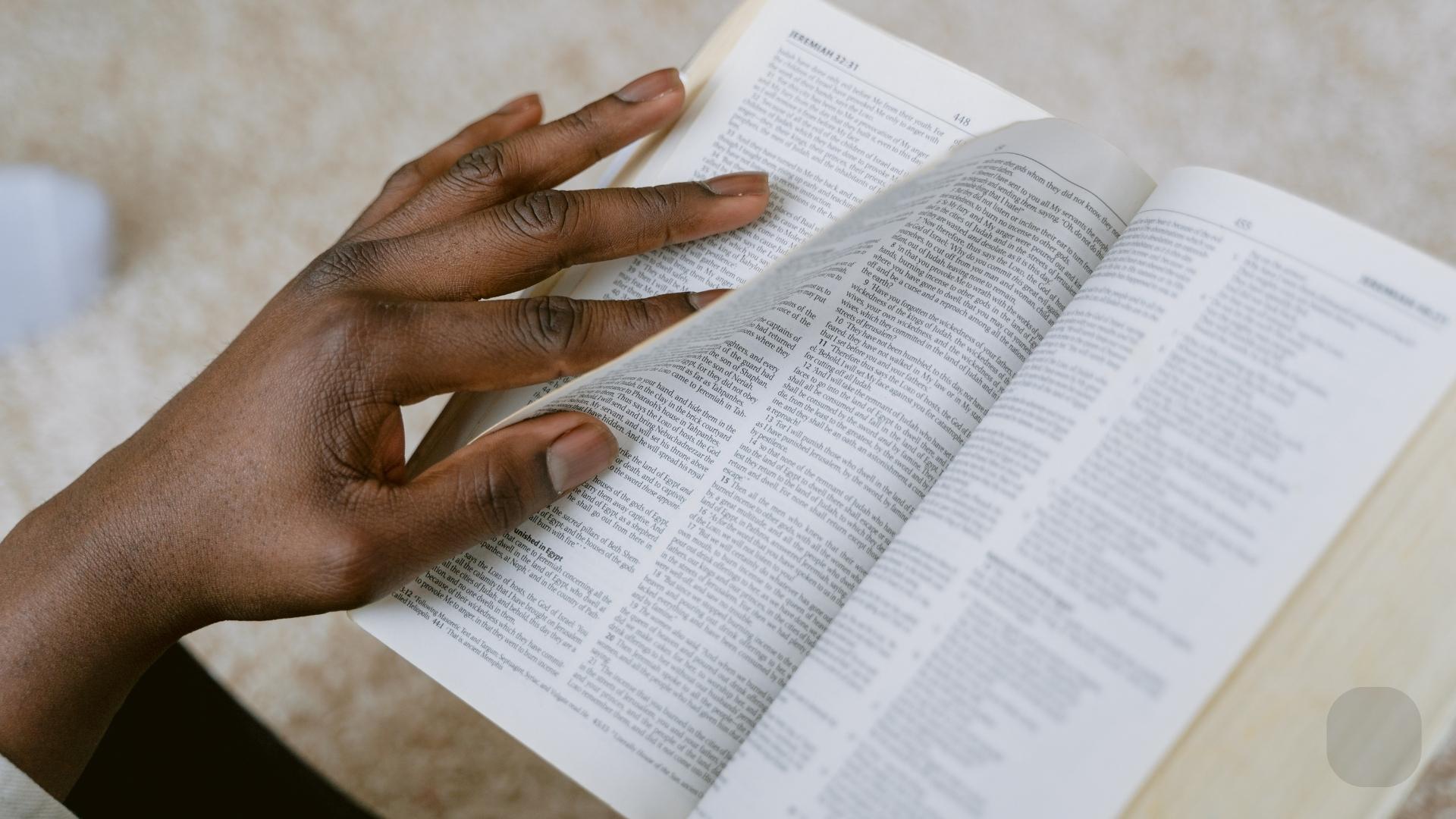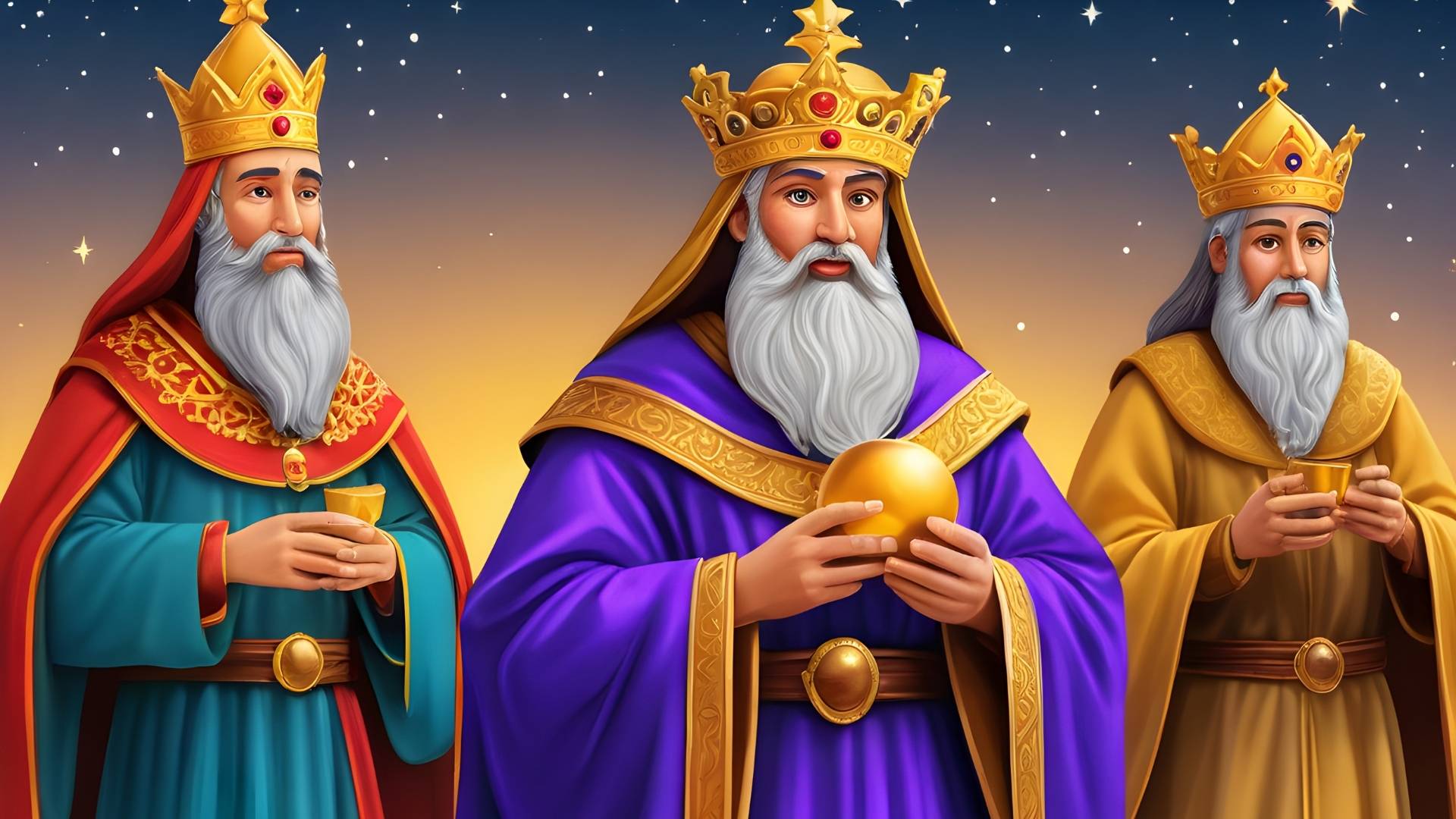

The 3 Wise Men – What They Represent: The Gifts and Their Significance in Jesus’ Life and Ministry
The story of the three wise men, or the Magi, who traveled from the East to honor the newborn King Jesus is one of the most well-known accounts of Christ’s birth. However, the significance of the gifts they brought — gold, frankincense, and myrrh — extends far beyond mere physical offerings. These gifts symbolize important aspects of Jesus’ life, death, and ministry, offering profound insights into God’s plan of salvation.
But what do these gifts truly represent, and how do they connect to the life of Jesus, especially in the context of Mary preserving His body with fragrant oils after His death? Let’s explore the deeper meaning behind the three gifts and how they reveal God’s intentions for the Messiah.
1. Gold: The Gift of Kingship
Gold is the first of the three gifts brought by the wise men, and it represents kingship. As the precious metal associated with wealth and royalty, gold was fittingly presented to Jesus as a symbol of His divine right to rule. The gift of gold signifies that Jesus is King, the sovereign ruler of not just Israel but the entire universe.
Throughout His ministry, Jesus often spoke of His kingdom, which was not of this world (John 18:36). His kingship is spiritual in nature, marked by humility and service rather than the grandiose display of earthly power. The wise men, by offering gold, acknowledged Jesus as the long-awaited King, the one who would bring God’s kingdom to earth in a way that had never been seen before.
This gift also points forward to the fulfillment of prophecy. In Isaiah 60:6, it was foretold that nations would bring offerings of gold to the coming Messiah, an indication that Jesus’ reign would extend beyond the Jewish people to the Gentiles as well. The gold the wise men presented foreshadows the truth that Jesus’ ministry would encompass all people, establishing an everlasting kingdom that would transcend time and borders.
2. Frankincense: The Gift of Deity and Worship
Frankincense is an aromatic resin used in incense, and it was often used in the temple as a symbol of prayer and worship. Its inclusion as a gift to the newborn King carries deep spiritual significance. The gift of frankincense represents Jesus’ divinity, His role as the Son of God, and the proper worship He deserves.
In the Old Testament, incense was used in the temple to symbolize the prayers of the people ascending to God (Exodus 30:34-38). Frankincense, as a gift, reveals Jesus’ divine nature. He is not only King but also God incarnate, worthy of the highest honor and adoration.
As Jesus’ ministry unfolded, He was worshipped by those who recognized His divine authority. People came to Him for healing, teaching, and miracles, acknowledging His divine power. The gift of frankincense highlights the truth that Jesus is God, and worshiping Him is central to the Christian faith.
Moreover, frankincense points to the sacrifice that would later define Jesus’ earthly ministry. Just as the smoke of incense filled the temple, symbolizing prayers offered to God, so too would Jesus’ prayers and His ultimate sacrifice ascend to God on the cross as a sweet-smelling aroma, an offering that would make way for humanity’s salvation (Ephesians 5:2).
3. Myrrh: The Gift of Sacrifice and Death
Myrrh, a resin often used in burial rites, is perhaps the most profound of the three gifts. It symbolizes death, suffering, and the sacrifice that would characterize Jesus’ mission on earth. Myrrh was used in the preparation of dead bodies, and this gift foreshadows the ultimate sacrifice Jesus would make on the cross for the salvation of humanity.
In the context of Jesus’ life and ministry, myrrh reflects His purpose on earth: to die for the sins of the world. The wise men’s gift highlights the inevitable path that Jesus would walk, from the cradle to the cross. He was born to die, and myrrh serves as a reminder of that sacrificial mission.
This gift also connects directly to the way Mary, Jesus’ mother, later preserved His body after His crucifixion. In John 19:39-40, after Jesus’ death, Joseph of Arimathea and Nicodemus brought myrrh and aloes to prepare Jesus’ body for burial. Just as myrrh symbolized His sacrificial death, it is fitting that it would be used in the preparation of His body for burial. The gift from the Magi is a prophetic act that points directly to the death of Jesus — His ultimate mission on earth.
The Connection Between the Gifts and Mary’s Preservation of Jesus’ Body
The presence of myrrh in both the wise men’s gifts and the burial process underscores the central theme of Jesus’ life: His sacrificial death. After Jesus was crucified, Mary’s act of preserving His body with fragrant oils further connects to the myrrh given at His birth. While the gift of myrrh at His birth foreshadowed His death, Mary’s use of myrrh and aloes to prepare His body for burial served as a final act of reverence and love for her Son.
In both instances, the fragrance of myrrh signifies a sense of honor and worship. The wise men, who represented the nations, offered myrrh to acknowledge Jesus’ sacrificial purpose. Mary’s act, though filled with sorrow, serves as a tender and loving acknowledgment of that very purpose.
Just as the fragrance of myrrh filled the room as Jesus’ body was prepared for burial, so too did the scent of His life and sacrifice permeate the world, offering salvation to all who would accept it. The three gifts — gold, frankincense, and myrrh — symbolize the full scope of Jesus’ life: His kingship, divinity, and the sacrifice that would bring salvation to humanity.
Conclusion
The gifts of the three wise men are not mere tokens of respect; they are prophetic symbols of the life, death, and ministry of Jesus Christ. Gold signifies His kingship, frankincense represents His divinity and worship, and myrrh points to His sacrificial death. In the context of Mary’s preservation of His body with myrrh after His crucifixion, we see the full circle of Jesus’ mission — from the cradle to the cross, and from the beginning to the end of His earthly life. The wise men’s gifts are not only a reflection of who Jesus is, but they also testify to the greatness of His love and sacrifice, which continues to offer hope and salvation to the world.
Send us your prayer request and our team will lift you up before the Lord. We’re here to agree with you, believe with you, and trust God for your breakthrough.
Copyright © 2025 43culture. All rights reserved.
WhatsApp us